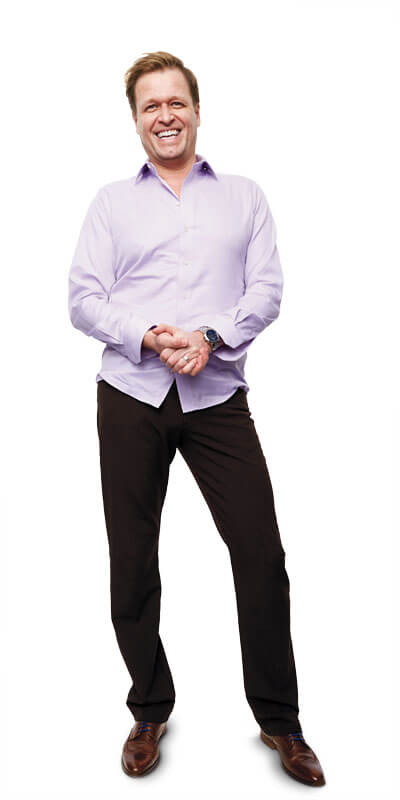The RRSP guide for investors in their 40s
While asset allocation is important, you should be asking yourself: Are you saving enough?
Advertisement
While asset allocation is important, you should be asking yourself: Are you saving enough?

Share this article Share on Facebook Share on Twitter Share on Linkedin Share on Reddit Share on Email